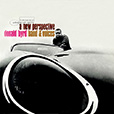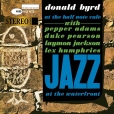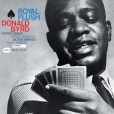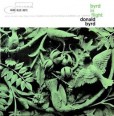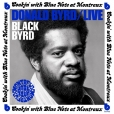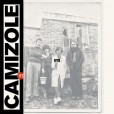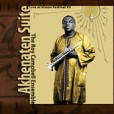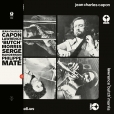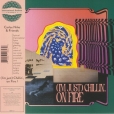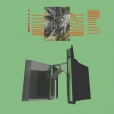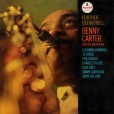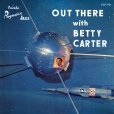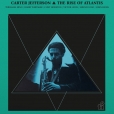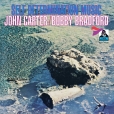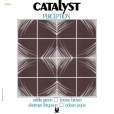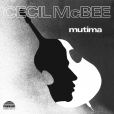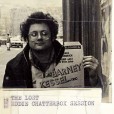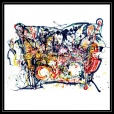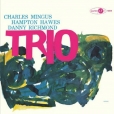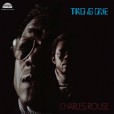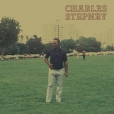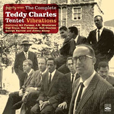Your basket is empty

With Herbie, Mobley and co — and an eight-person gospel choir — in 1963.
The stand-out is a version of Duke Pearson’s Cristo Redentor. A fail-safe at funerals.
‘Classic Vinyl Series.’
‘One of the most essential hard bop purchases in the canon. The performances by Duke Pearson — four of his own tunes, five by Byrd, and standards — showcase his improvisational acumen at its height. His soloing on studio records pales in comparison. This was a hot quintet, that not only swung hard, but possessed a deep lyricism and an astonishing sense of timing’ (Allmusic).
‘Classic Vinyl’ series.
Scintillating hard bop. Young Donald with Messengers Art Blakey, Horace Silver, Hank Mobley, Doug Watkins, and Joe Gordon.
Originally released by Tom Wilson’s shoestring Transition label in 1955. The same label which released Sun Ra’s and Cecil Taylor’s first records; the same Tom who produced Bob Dylan and Simon & Garfunkel, Freak Out! and The Velvet Underground & Nico .
The brilliant trumpeter’s final album as leader, from 2007 — fresh, nimble, exuberant, reaching, with Billy Bang on violin and Bryan Carrott on vibraharp.
The fruits of a recording session deftly convened by Jef Gilson, to take advantage of Serge Rahoerson’s visit to Paris from Madagascar for just a few days in November 1976. Though a saxophonist by training, Serge had played drums on The Creator Has A Master Plan for the Malagasy album. To establish rhythmic foundations, Gilson reunited him in this capacity with Baroque Jazz Trio bassist Jean-Charles Capon. Recruited from Gilson’s current big band, Saravah saxophonist Philippe Maté and cornetist Butch Morris — on the verge of hooking up with David Murray — added their contributions later.
The tenor saxophonist’s only recording as leader, produced by Woody Shaw in 1978.
With Terumasa Hino, Harry Whitaker, Shunzo Ohno, John Hicks…
A true lost classic of jazz; heart-stopping turns on baritone saxophone.
‘Chaloff’s masterpiece is both vigorous and moving… Thanks For The Memory is overpoweringly beautiful as Chaloff creates a series of melodic variations which match the improviser’s ideal of fashioning an entirely new song. Stairway To The Stars is almost as fine… This important session has retained all its power’ (The Penguin Guide To Jazz On CD).
Killer band, too — Sonny Clark, Philly Joe Jones, and Leroy Vinnegar.
Brilliant 1956 recordings with Art Farmer, Gigi Gryce, JR Montrose, Mal Waldron and co doing Gil Evans, Bob Brookmeyer and co’s arrangements of Charles originals, Jimmy Giuffre, George Russell, Nature Boy…
